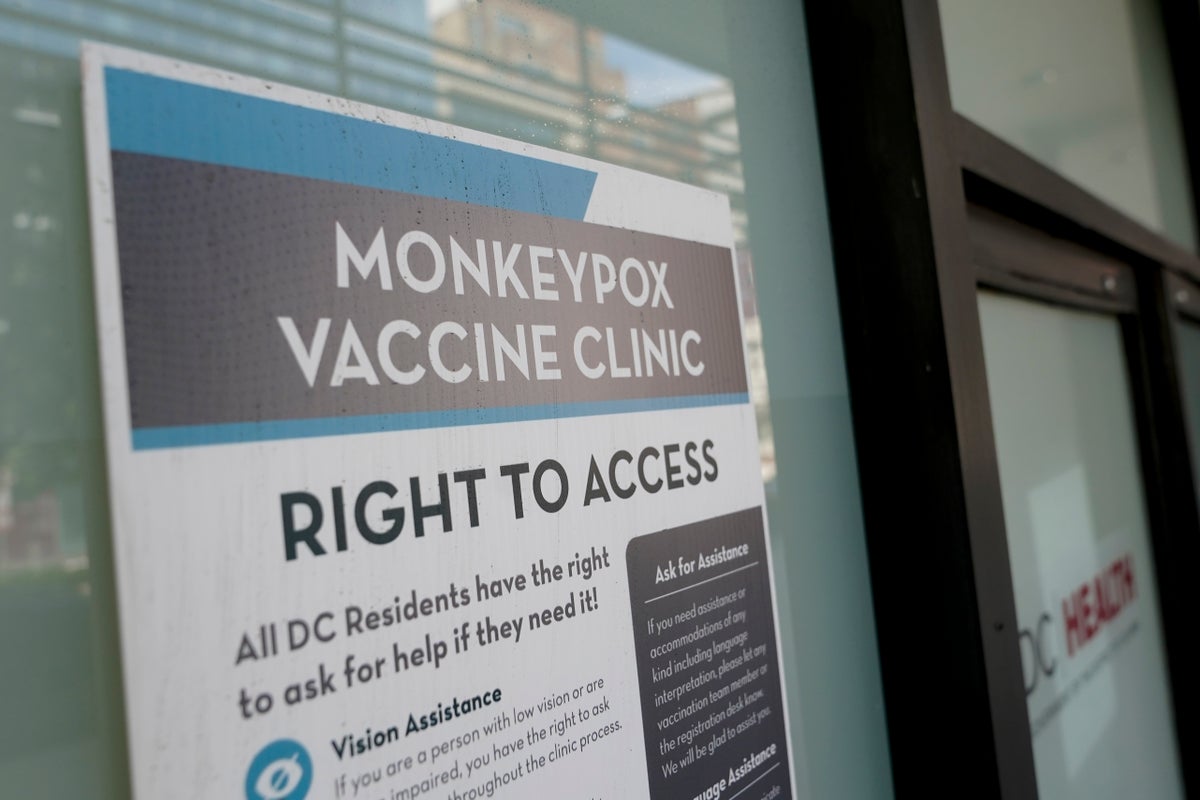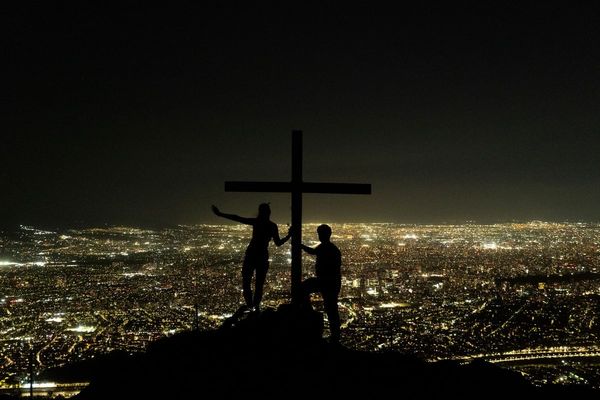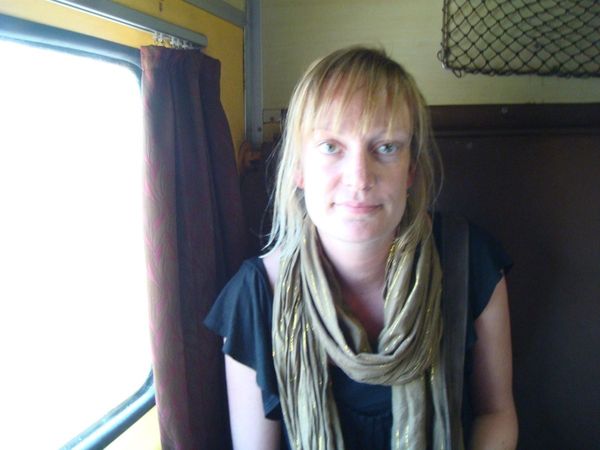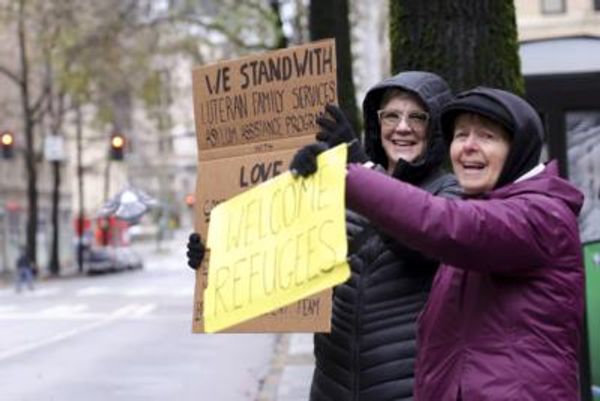
EDITORS/NEWS DIRECTORS:
The U.S. government this week declared a public health emergency to bolster the response to the monkeypox outbreak that has infected more than 7,100 Americans.
The action is designed to free up money and other resources to fight the virus and give federal officials more authority to collect data about the outbreak.
California, Illinois and New York have all made similar declarations in the past week, as have New York City, San Francisco and San Diego County.
Here are some resources for localizing the story:
CASE COUNTS
The U.S. Centers for Disease Control and Prevention is tracking case counts. The count of U.S. cases that have been reported to the CDC was 7,104 on Thursday, but the CDC tally updates every weekday evening.
Nearly every state has had at least one case, though infections have so far been concentrated in a handful, including New York, California, Florida, Illinois and Georgia.
— Find your state's tally here: https://www.cdc.gov/poxvirus/monkeypox/response/2022/us-map.html
— See the CDC's global case count here: https://www.cdc.gov/poxvirus/monkeypox/response/2022/world-map.html
VACCINE DISTRIBUTION
The emergency declaration by the U.S. Department of Health and Human Services comes as the Biden administration has faced criticism over monkeypox vaccine availability.' Clinics in major cities such as New York and San Francisco say they haven’t received enough of the two-shot vaccine to meet demand, and some have had to stop offering the second dose to ensure supply of first doses.
The White House said it has made more than 1.1 million doses available and has helped to boost domestic diagnostic capacity to 80,000 tests per week.
In the U.S., there are two licensed vaccines that could be used to try to prevent monkeypox infection — Jynneos and ACAM2000. The country is relying almost entirely on Jynneos, partly because the older ACAM2000 vaccine has been deemed to have too many possible side effects.
— Details on which states and major cities have received doses can be seen here: https://aspr.hhs.gov/SNS/Pages/JYNNEOS-Distribution.aspx. This will allow you to show the amount of monkeypox doses that have been requested and received by your states and cities.
Currently, the CDC is recommending vaccines for people who know they have been exposed to monkeypox or those who have had multiple sex partners in the past 14 days in a place with known monkeypox.
BACKGROUND
The World Health Organization previously declared the expanding monkeypox outbreak a global emergency, its highest level of alert. However, the designation does not necessarily mean a disease is particularly transmissible or lethal. Similar declarations were made for the Zika virus in 2016 in Latin America and the ongoing effort to eradicate polio, in addition to the COVID-19 pandemic and the 2014 Ebola outbreak in West Africa.
Monkeypox is endemic in parts of Africa, but this year thousands of cases have been reported in countries that historically don’t see the disease. The virus spreads through prolonged skin-to-skin contact, including hugging, cuddling and kissing, as well as sharing bedding, towels and clothing.
In the U.S. and Europe, the vast majority of infections have happened in men who have sex with men, though health officials have stressed that anyone can contract the virus. A handful of children and a few women are among those who have been infected in the U.S., but health officials believe a lot of spread is happening between sex partners.
There have been a few deaths outside the areas where monkeypox is endemic, but none reported so far in the U.S. Some of the cases have been described as relatively mild, but other infected people have said they had very painful lesions.
FURTHER REPORTING
Local and state health departments are on the front lines of all communicable diseases and are a top resource.
Because a great proportion of cases have been among men who have sex with men, sexual health clinics in your area are more likely to be seeing monkeypox patients and fielding inquiries about the virus.
The health department and the clinics may be able to talk about how many cases have been seen in your community; how contact tracing efforts are being undertaken and how well they are working; how in-demand vaccines are and whether they have enough to meet the need. Some cities have not had enough vaccine supply and have seen long lines or a shortage, which is another ripe avenue of local reporting if supply and demand have been an issue in your location.







